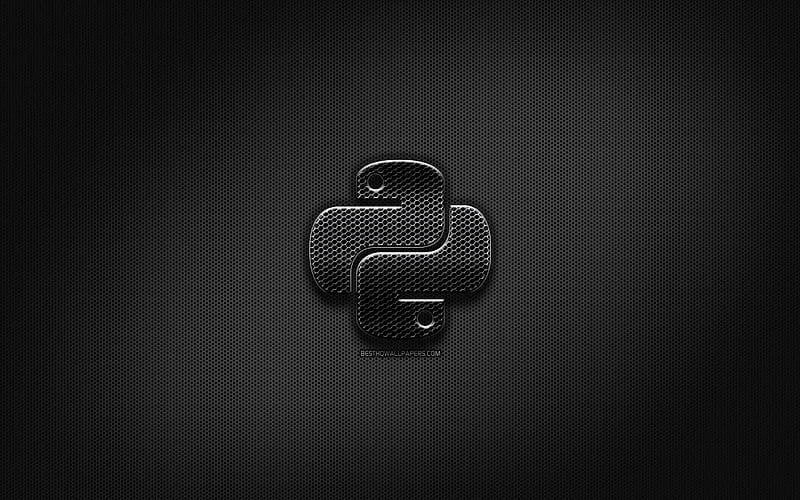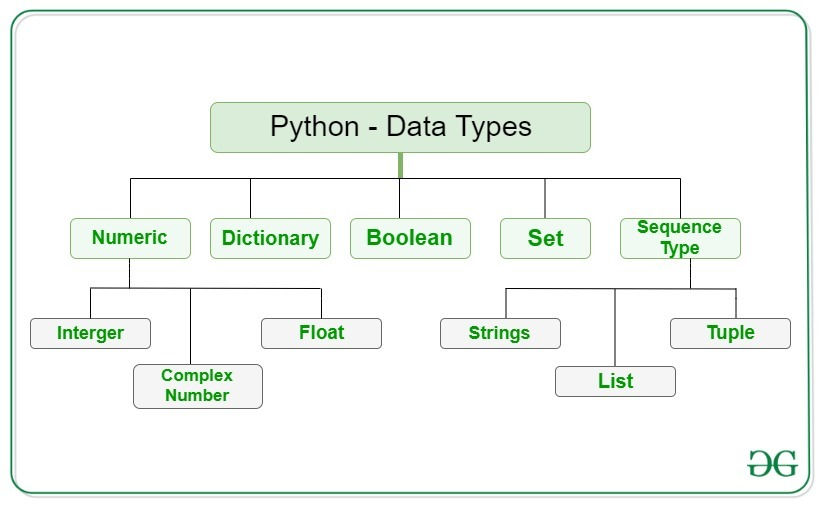Introduction to Python Programming Fundamentals
- programmersumu
- May 21, 2023
- 3 min read
Python is a versatile and powerful programming language that has gained immense popularity among developers and programmers worldwide. Known for its simplicity, readability, and ease of use, Python is an excellent choice for beginners and experienced programmers alike. In this article, we will provide a comprehensive introduction to Python programming fundamentals, covering key concepts and features that make Python such a valuable language for various applications.

1. What is Python?
Python is a high-level, interpreted, and general-purpose programming language developed by Guido van Rossum in the late 1980s. It emphasizes code readability and uses a clean syntax that allows programmers to express concepts in fewer lines of code compared to other languages. Python supports multiple programming paradigms, including procedural, object-oriented, and functional programming.
2. Simple and Readable Syntax:
One of the standout features of Python is its simple and readable syntax. The language uses indentation and whitespace to define code blocks, making it visually appealing and easier to understand. This characteristic is especially beneficial for beginners, as it reduces the learning curve and encourages good coding practices.
3. Rich Standard Library:
Python comes with a comprehensive standard library that provides numerous modules and packages to perform a wide range of tasks. These modules include functionalities for file I/O operations, networking, regular expressions, web development, data manipulation, and much more. The extensive standard library eliminates the need for developers to build functions from scratch, saving time and effort.
4. Cross-Platform Compatibility:
Python is a cross-platform language, meaning it can run on various operating systems such as Windows, macOS, and Linux without any modifications. This portability makes Python an ideal choice for developing applications that need to run on multiple platforms, ensuring wide accessibility and flexibility.
5. Dynamic Typing:
Python is dynamically typed, which means you don't need to explicitly declare variable types. Instead, the interpreter determines the type of a variable based on the assigned value. This flexibility allows for faster prototyping and simplifies the development process.
6. Extensive Community Support:
Python boasts a vibrant and active community of developers who contribute to its growth and development. The community-driven nature of Python ensures continuous improvements, regular updates, and an abundance of online resources, tutorials, and forums for beginners and experienced programmers. This support network makes learning and troubleshooting Python-related issues more accessible and enjoyable.
7. Data Structures and Libraries:
Python provides built-in data structures such as lists, dictionaries, sets, and tuples, which simplify the handling and manipulation of data. Additionally, Python offers numerous third-party libraries and frameworks like NumPy, Pandas, Matplotlib, and TensorFlow, which enhance the language's capabilities for scientific computing, data analysis, machine learning, and web development.
8. Versatility and Application:
Python's versatility allows it to be used across various domains and industries. It excels in web development, scripting, automation, scientific computing, data analysis, artificial intelligence, and machine learning. Python's popularity in these fields has led to a rich ecosystem of libraries and frameworks tailored to specific tasks, making it a go-to language for developers in these areas.
In conclusion, Python is a powerful programming language that combines simplicity, readability, and a vast array of functionalities. Its straightforward syntax, extensive standard library, cross-platform compatibility, and strong community support make it an excellent choice for beginners and experienced programmers alike. Whether you're interested in web development, data analysis, or machine learning, Python's versatility and ease of use make it a valuable tool in your programming journey.
Remember, this article only scratches the surface of Python programming fundamentals. As you delve deeper into the language, you'll discover even more exciting features and applications. So, embrace Python's simplicity and embark on your journey to become a proficient Python programmer.



Comments